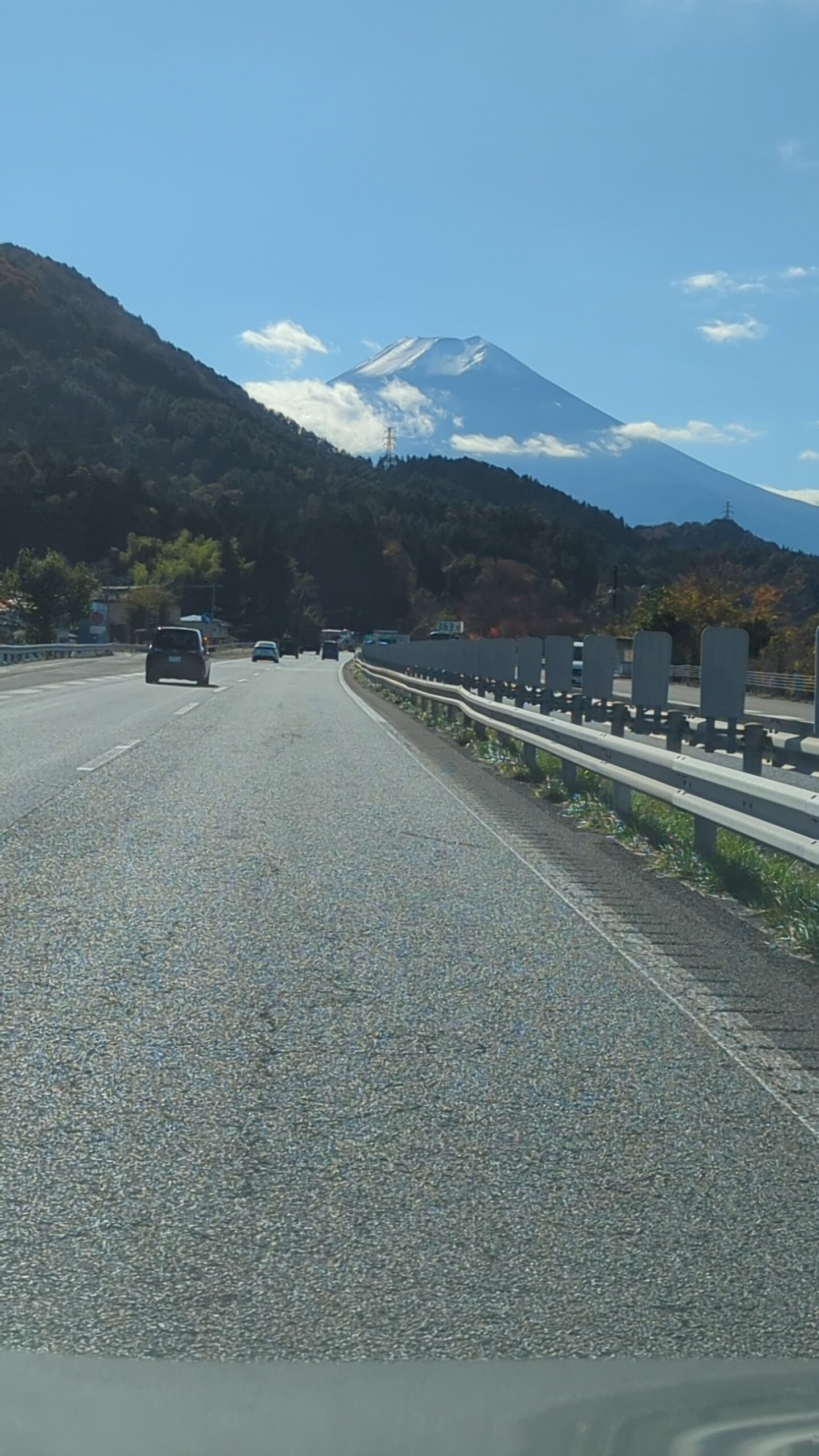Table of Contents
Mount Fuji, Japan’s tallest mountain and a UNESCO World Heritage Site, is a destination that promises stunning scenery and serene surroundings. Whether you’re a nature enthusiast, a culture lover, or someone seeking a peaceful escape, a trip to Mount Fuji offers it all.
Recently, I decided to take a day trip to Mount Fuji by car, which allowed me the flexibility to explore the area at my own pace. However, it’s worth mentioning that you can also reach Mount Fuji conveniently by train or bus, making it accessible to everyone. In this blog, I’ll share my one-day itinerary, covering must-visit spots like Lake Kawaguchiko, a beautiful shrine, and a delightful local restaurant.
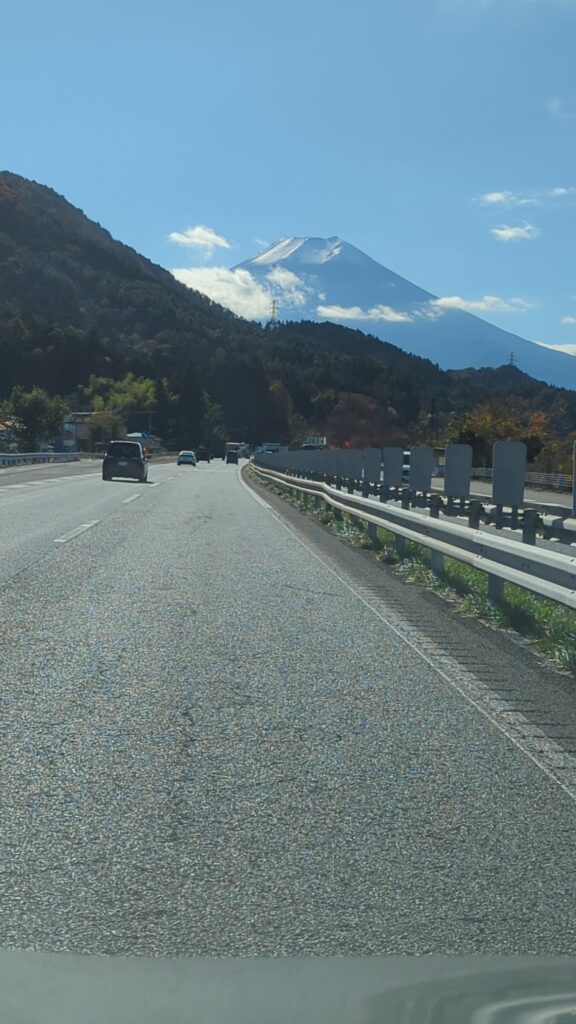
Getting to Mount Fuji
Traveling by car gave me the freedom to stop at scenic viewpoints and smaller attractions along the way. The drive from Tokyo took about two hours, with smooth roads and clear signs guiding the way.
For those who prefer public transport, Mount Fuji is well-connected by train and bus. You can take the JR Limited Express Fuji Excursion train directly from Tokyo to Kawaguchiko Station, which takes roughly 2 hours. Alternatively, express buses from Tokyo’s Shinjuku Station or Tokyo Station offer an affordable and efficient option.
Stop 1: Lake Kawaguchiko
A Mirror of Mount Fuji
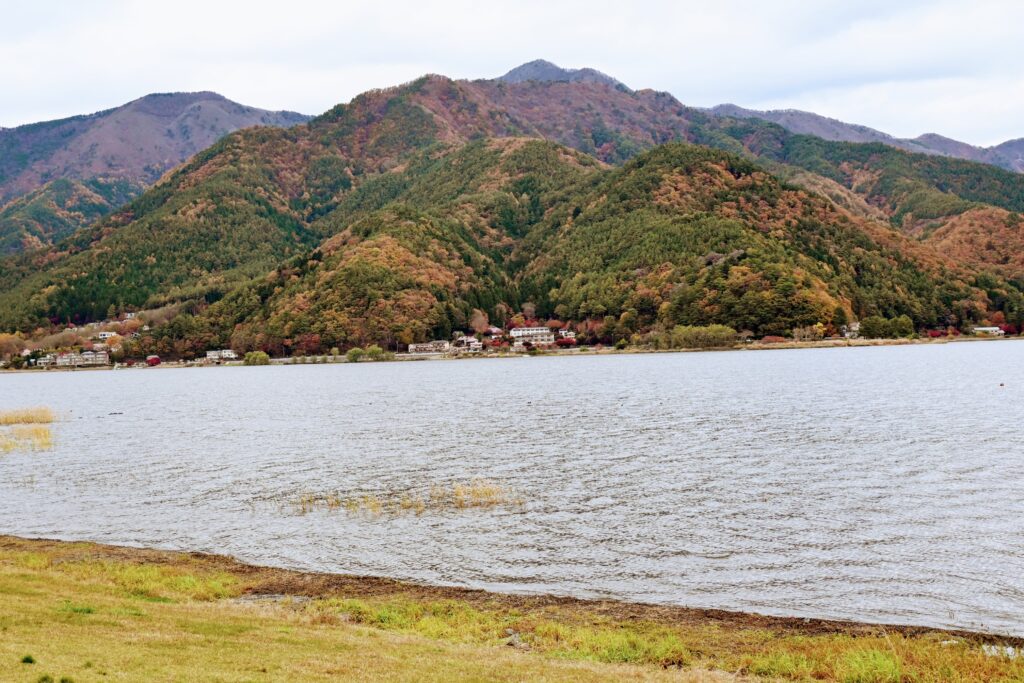
Our first destination was Lake Kawaguchiko, one of the Fuji Five Lakes. This lake is famous for its tranquil waters that beautifully reflect Mount Fuji on clear days.
Upon arriving, we parked near the lake and took a leisurely walk along its shore. The calm atmosphere and scenic views were a perfect start to the day. For those looking to add a bit of adventure, renting a paddleboat or taking a sightseeing cruise are great ways to experience the lake from a different perspective.
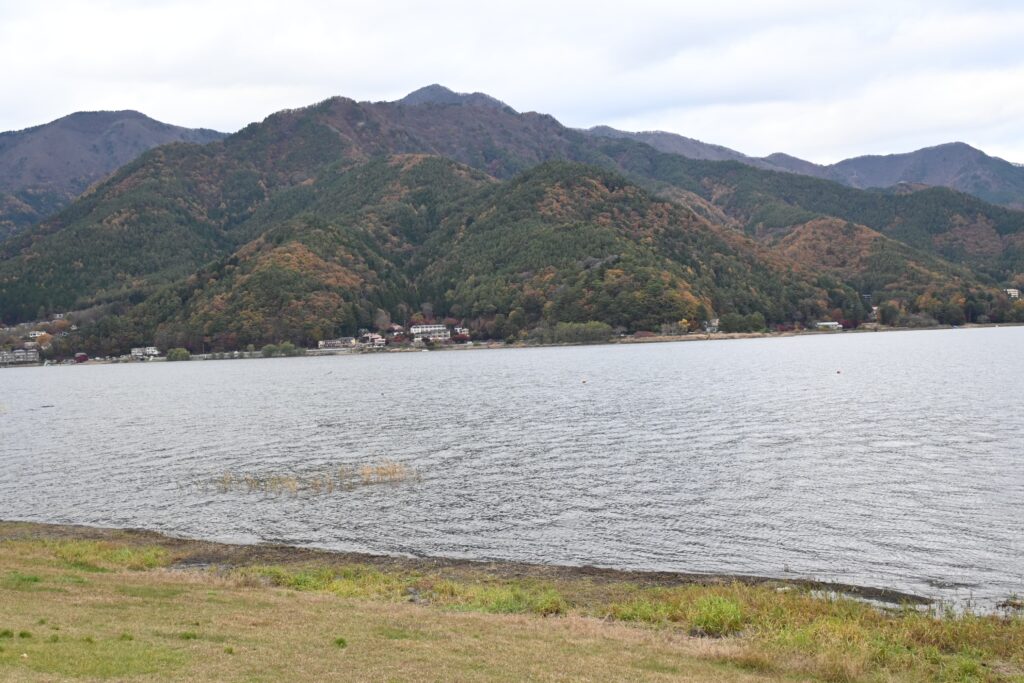
Stop 2: Chureito Pagoda
A Picture-Perfect View
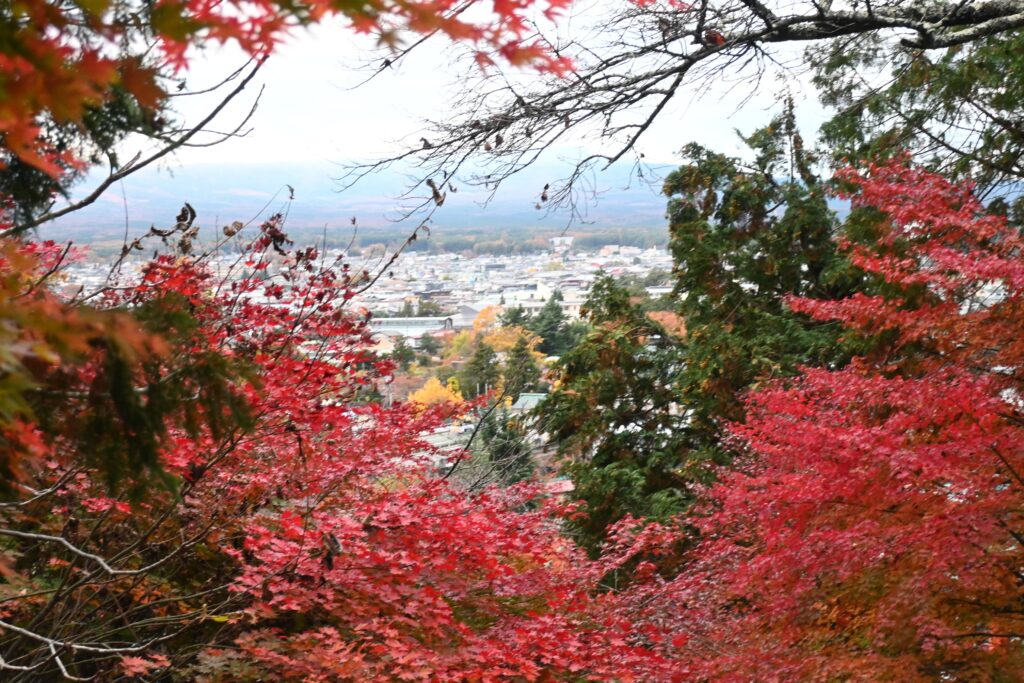
A short drive from Lake Kawaguchiko brought us to the Chureito Pagoda, part of the Arakura Sengen Shrine. This spot is iconic for its panoramic views of Mount Fuji framed by the red pagoda, especially during cherry blossom season.
To reach the viewing platform, we climbed about 400 steps. It was a bit of a workout, but the breathtaking view at the top made it all worthwhile. If you’re traveling by train, the pagoda is a short walk from Shimo-Yoshida Station.
Stop 3: Kitaguchi Hongu Fuji Sengen Shrine
A Spiritual Sanctuary
Next, we visited the Kitaguchi Hongu Fuji Sengen Shrine, a sacred site that has been a gateway for Mount Fuji climbers for centuries. Walking through the towering cedar trees that line the approach to the shrine was a calming experience.
The shrine itself is a stunning example of traditional Japanese architecture, and its peaceful ambiance makes it a great spot for reflection. For train and bus travelers, the shrine is accessible by local buses from Kawaguchiko Station.
Stop 4: Lunch at Hoto Fudo
A Taste of Yamanashi
By midday, we were ready for a hearty meal. We stopped at The Spice Hut, a well-known restaurant near Lake Kawaguchiko specializing in Indian and Pakistani dishes.
For those relying on public transport, this restaurant is conveniently located within walking distance of Kawaguchiko Station.
Stop 5: Oishi Park
Flowers and Fuji

After lunch, we headed to Oishi Park, situated along the northern shore of Lake Kawaguchiko. This park is known for its seasonal flower displays and stunning views of Mount Fuji.
In summer, vibrant lavender fields stretch across the park, while autumn brings golden and crimson foliage. We spent some time walking through the gardens, taking photos, and browsing small shops selling local crafts and snacks.
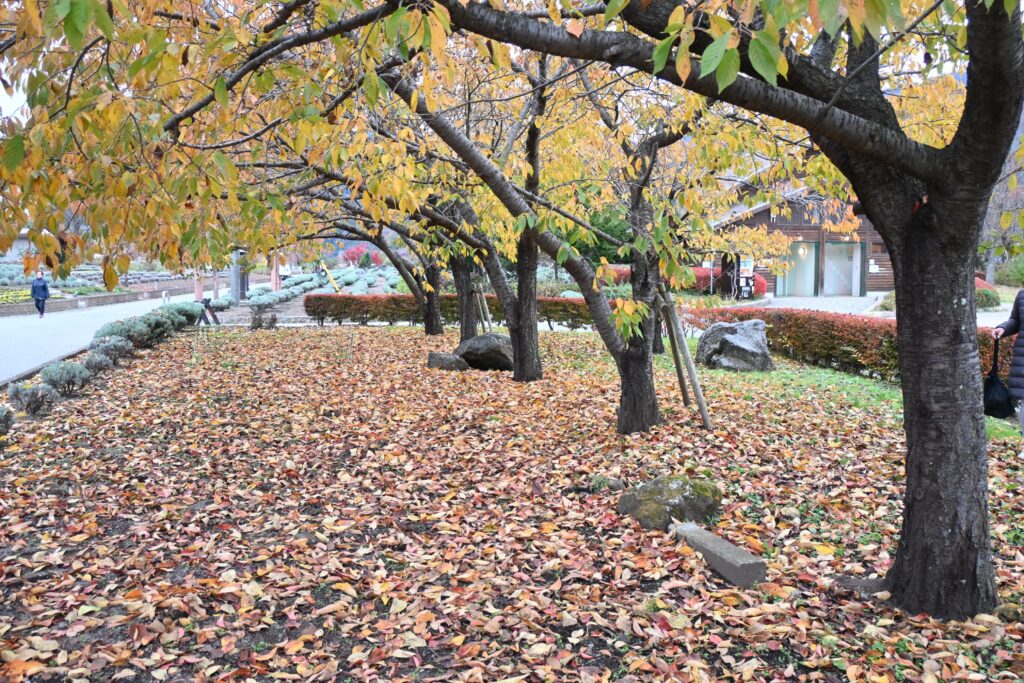
Heading Back to Tokyo

As the day came to an end, we drove back to Tokyo, carrying with us unforgettable memories of Mount Fuji’s beauty. For those traveling by train or bus, the return journey is equally convenient, with regular services back to the city.
Tips for Your Mount Fuji Trip
- Best Time to Visit: Spring (April to May) for cherry blossoms or autumn (October to November) for colorful foliage. Winter offers the clearest views of Mount Fuji’s snow-capped peak.
- Getting Around: If you don’t have a car, local buses connect most attractions around Mount Fuji. Consider purchasing a Mount Fuji Pass for unlimited rides on buses and trains in the area.
- Packing Essentials: Comfortable shoes for walking, a camera for those scenic shots, and a light jacket as temperatures can drop, especially near the mountain.
Mount Fuji is more than just a mountain—it’s a symbol of Japan’s natural beauty, cultural heritage, and timeless charm. Whether you choose to drive, take a train, or ride a bus, the journey is just as enjoyable as the destination. From the serene shores of Lake Kawaguchiko to the spiritual calm of Kitaguchi Hongu Fuji Sengen Shrine, every stop along the way offers something unique.
Whether it’s your first time visiting or your tenth, Mount Fuji always leaves a lasting impression. I hope this itinerary helps you plan your own adventure to this incredible destination! Would you like tips on another destination or have questions about this trip? Let me know!

